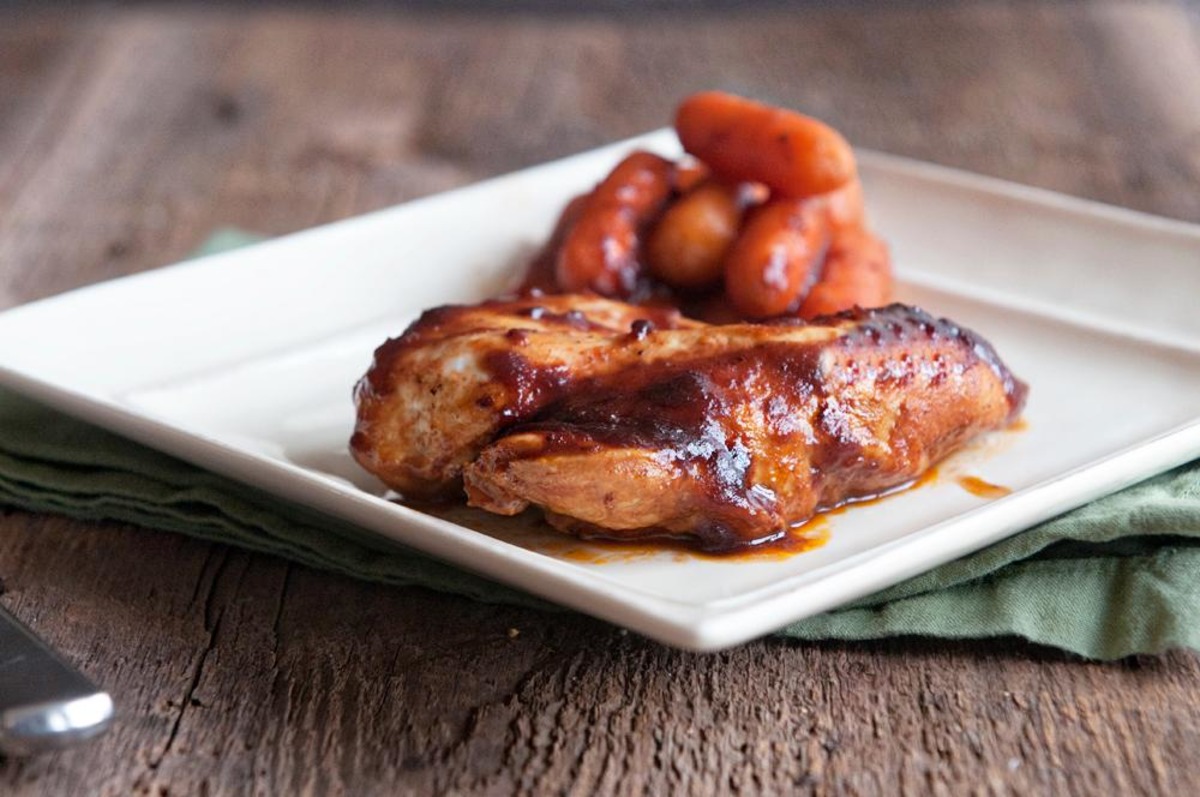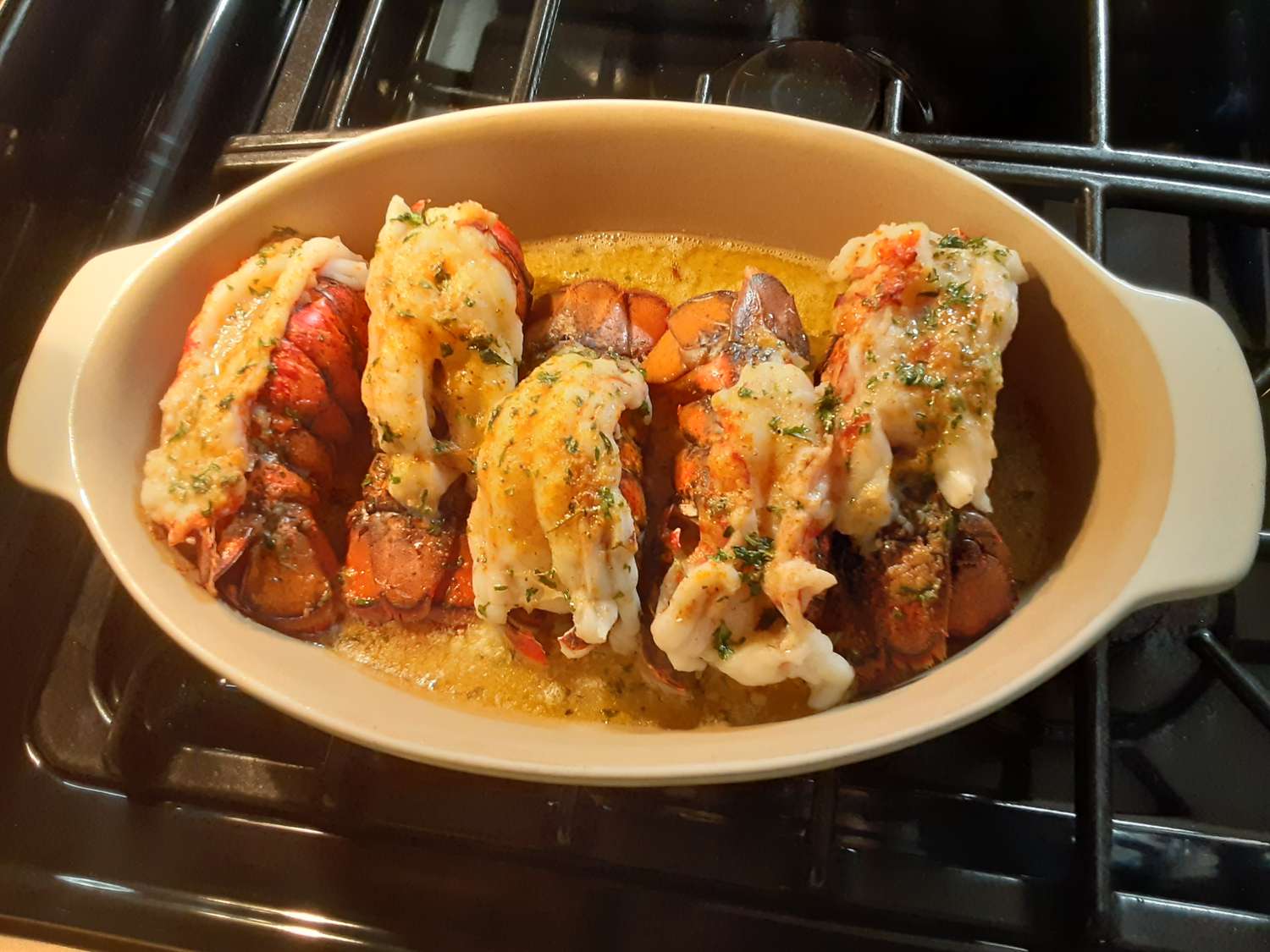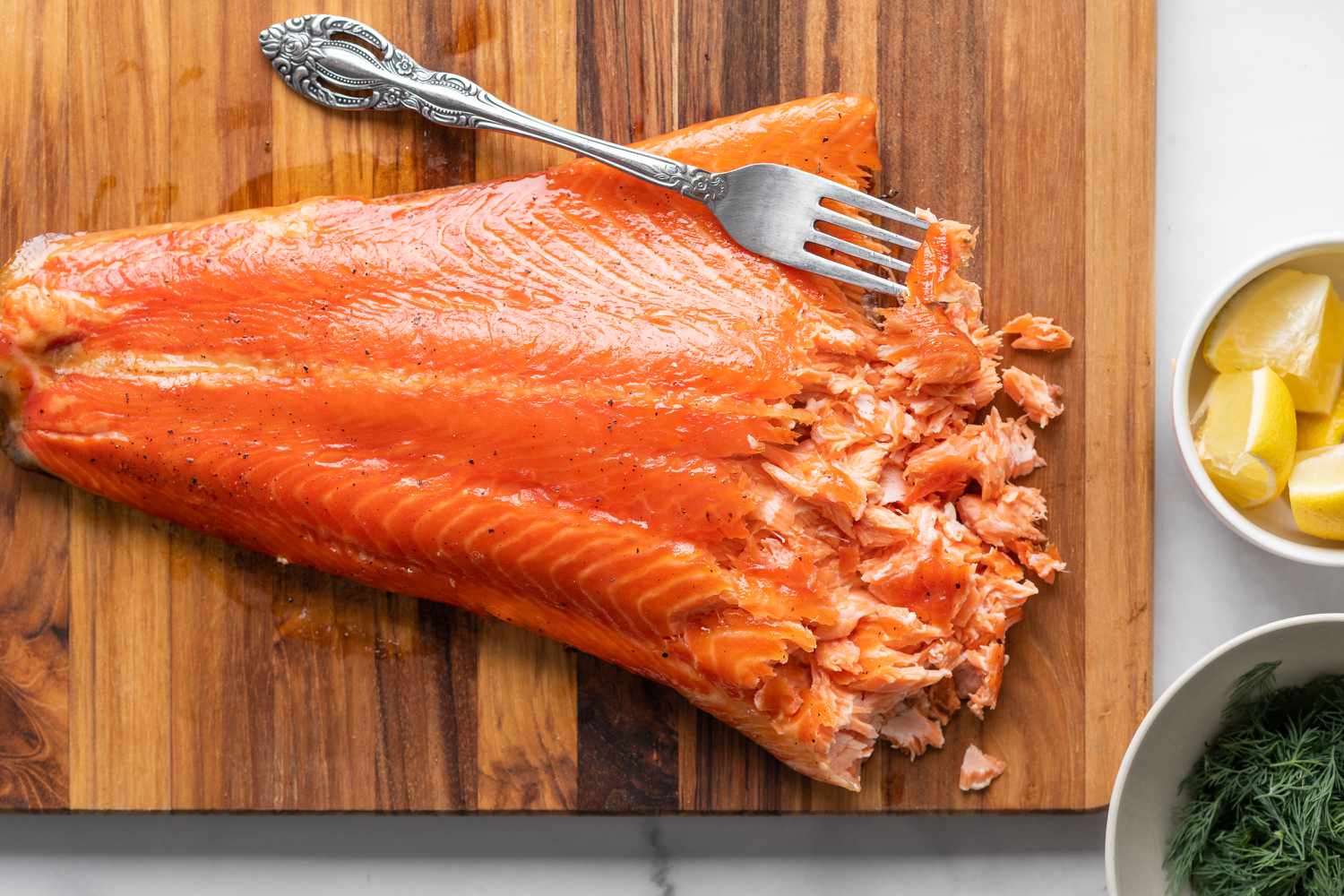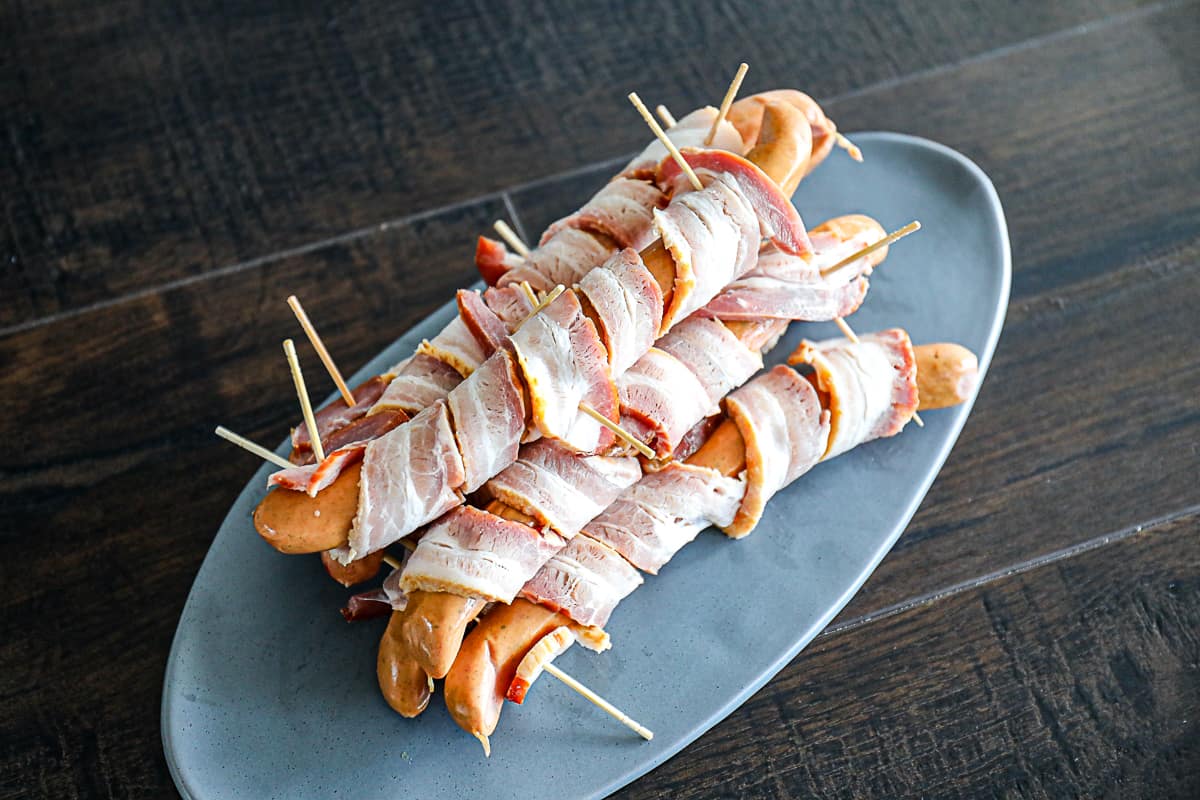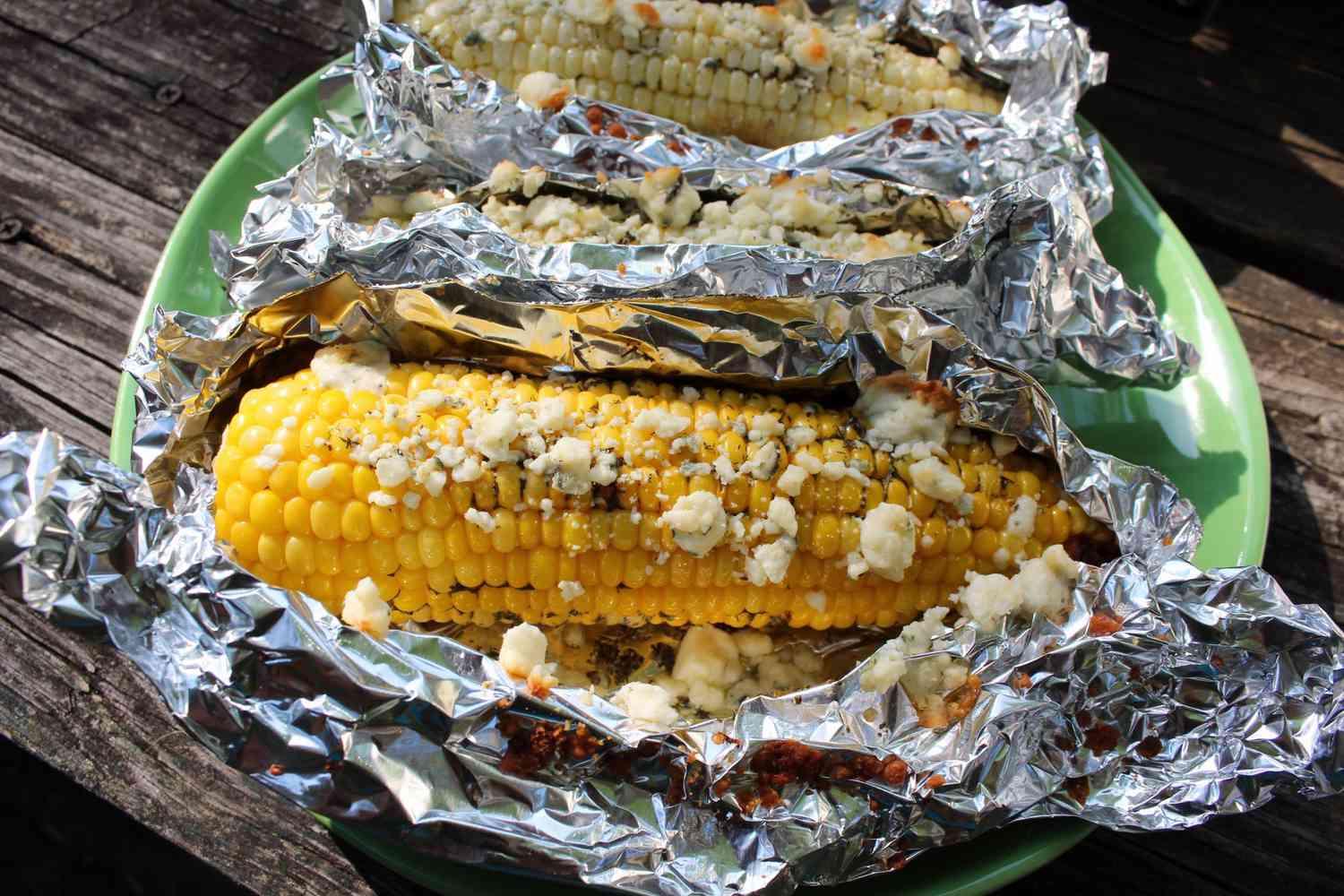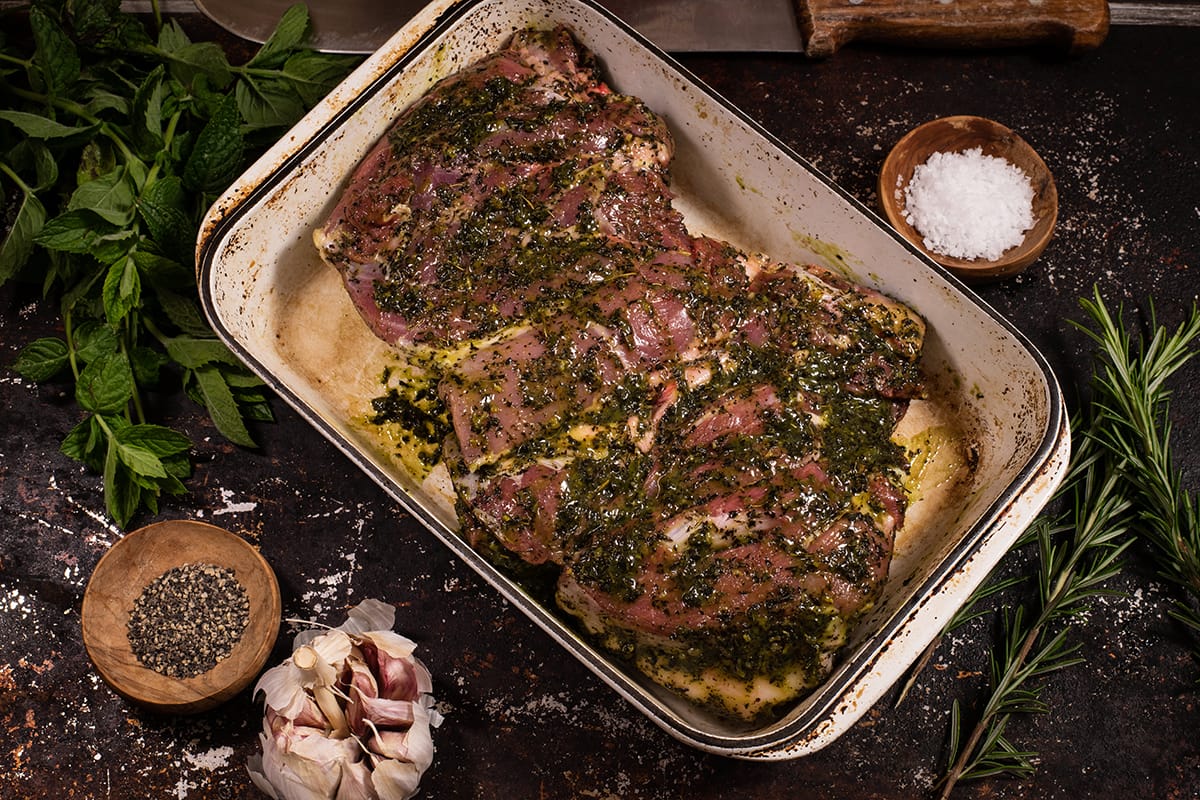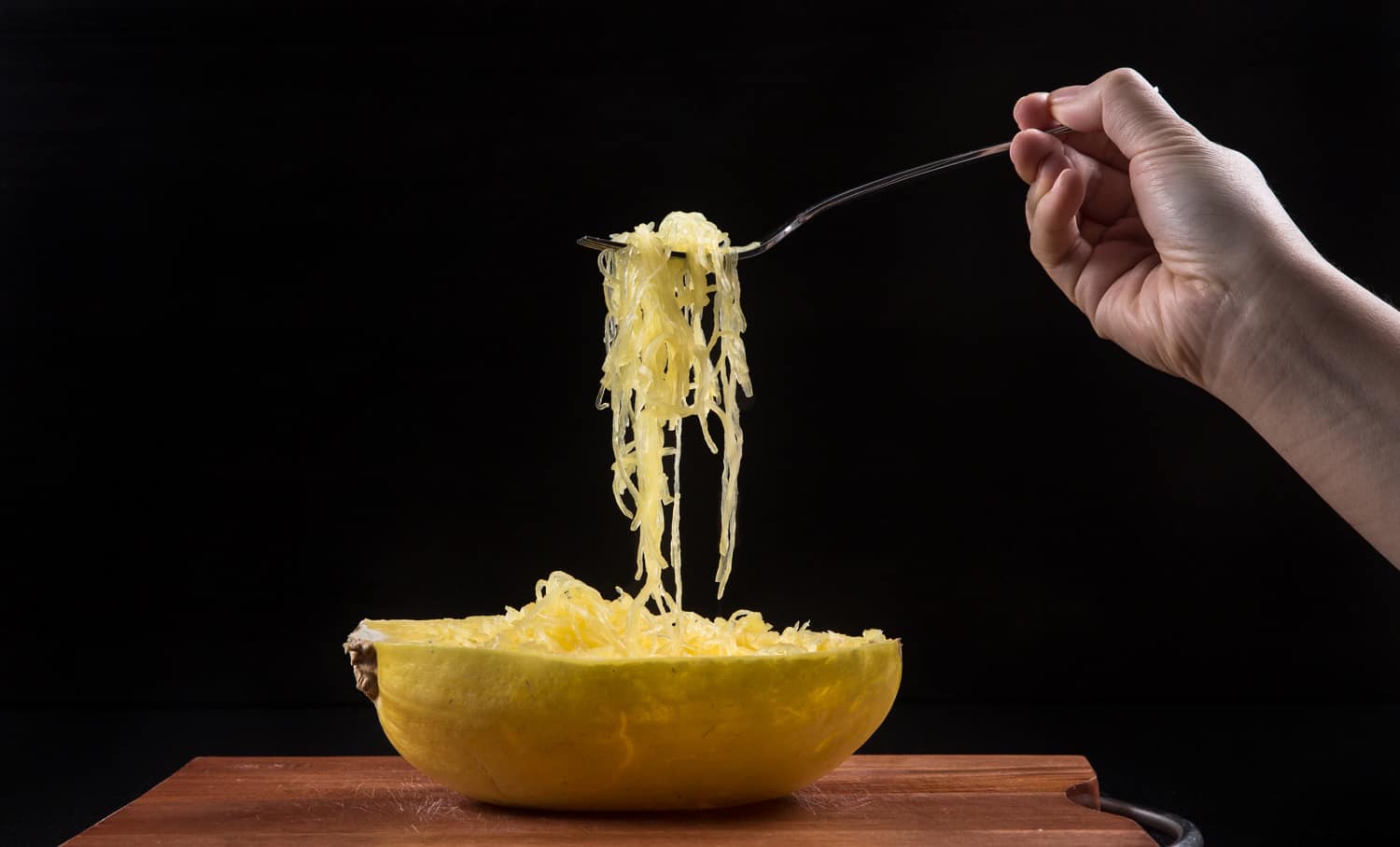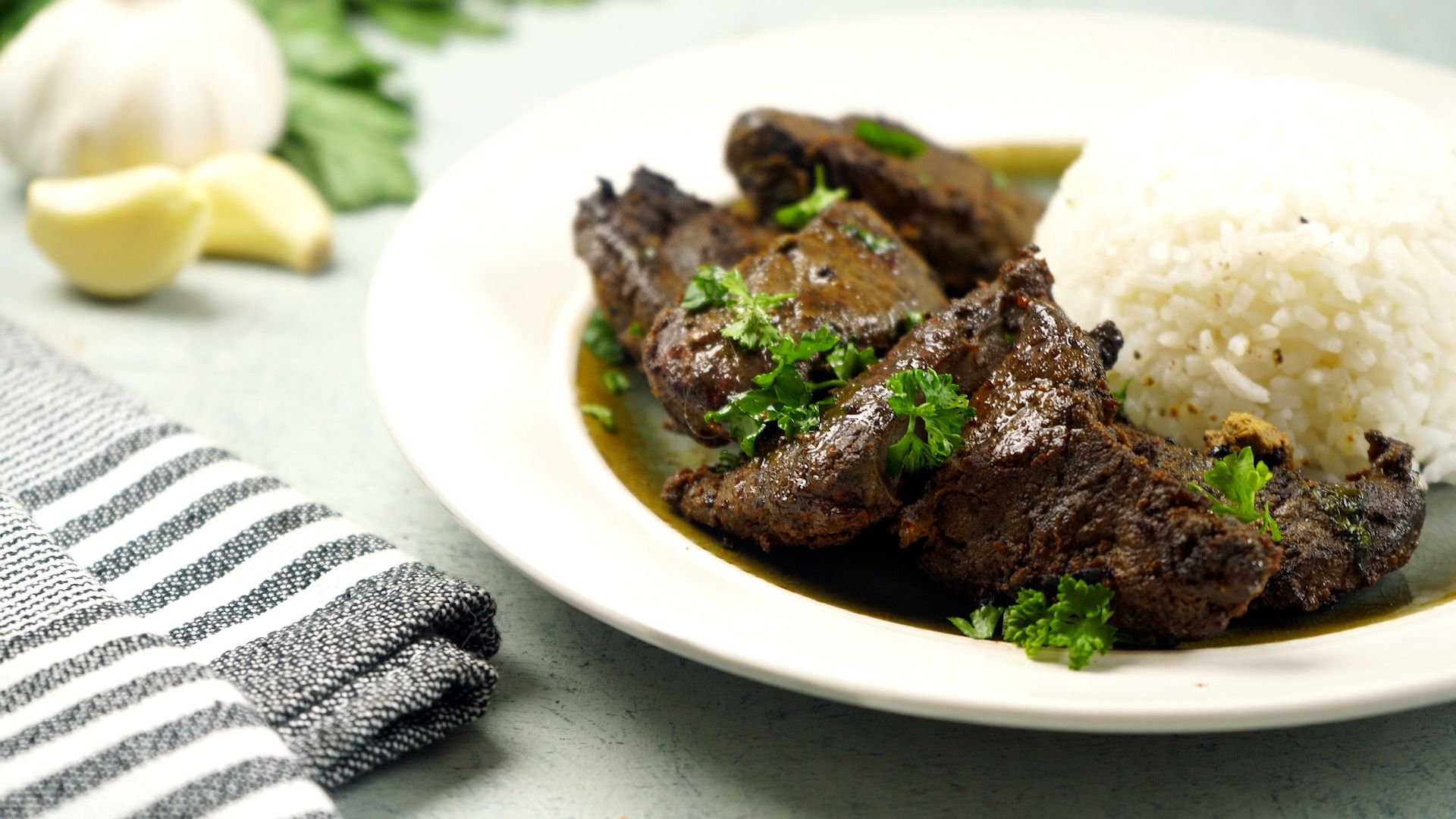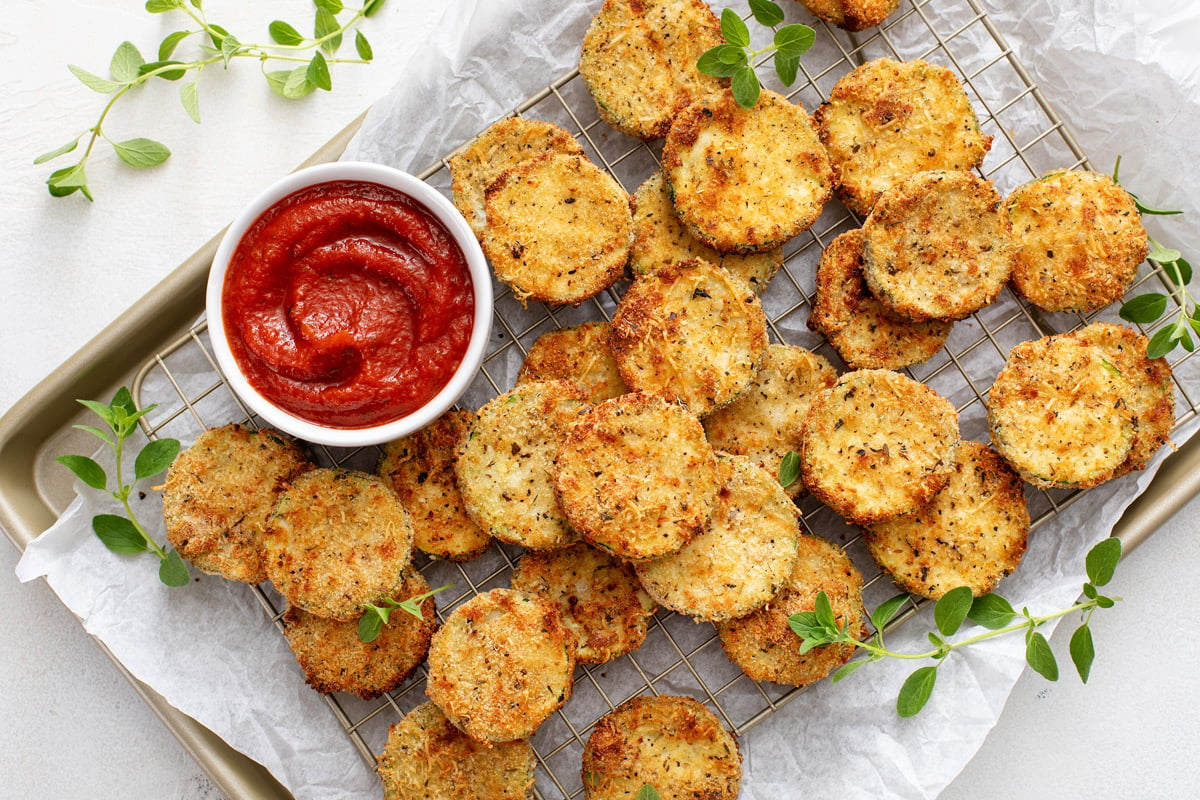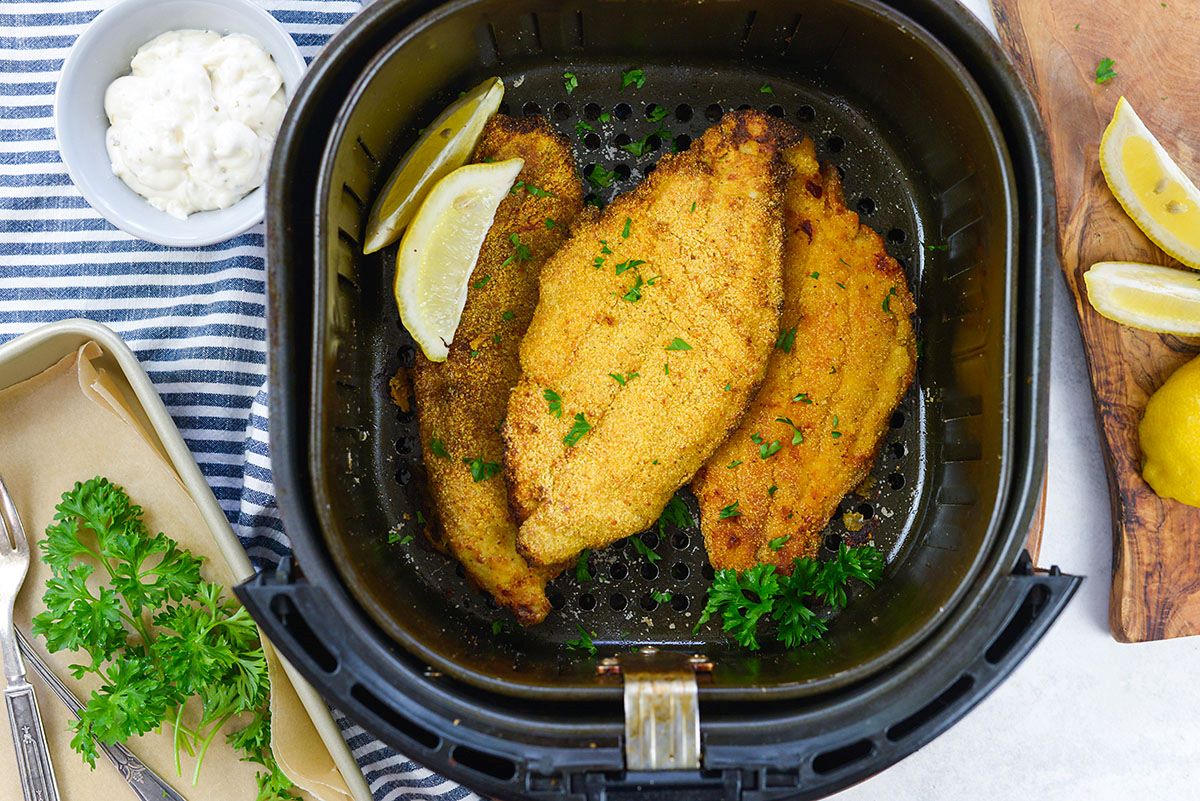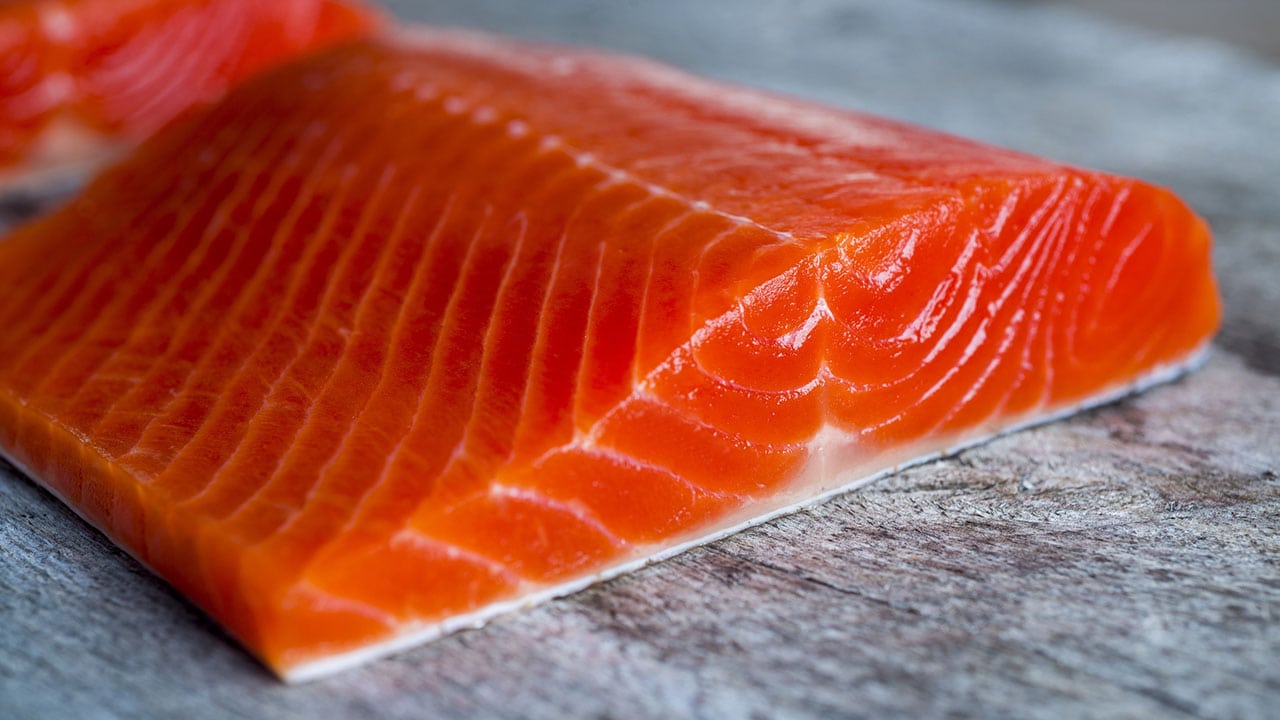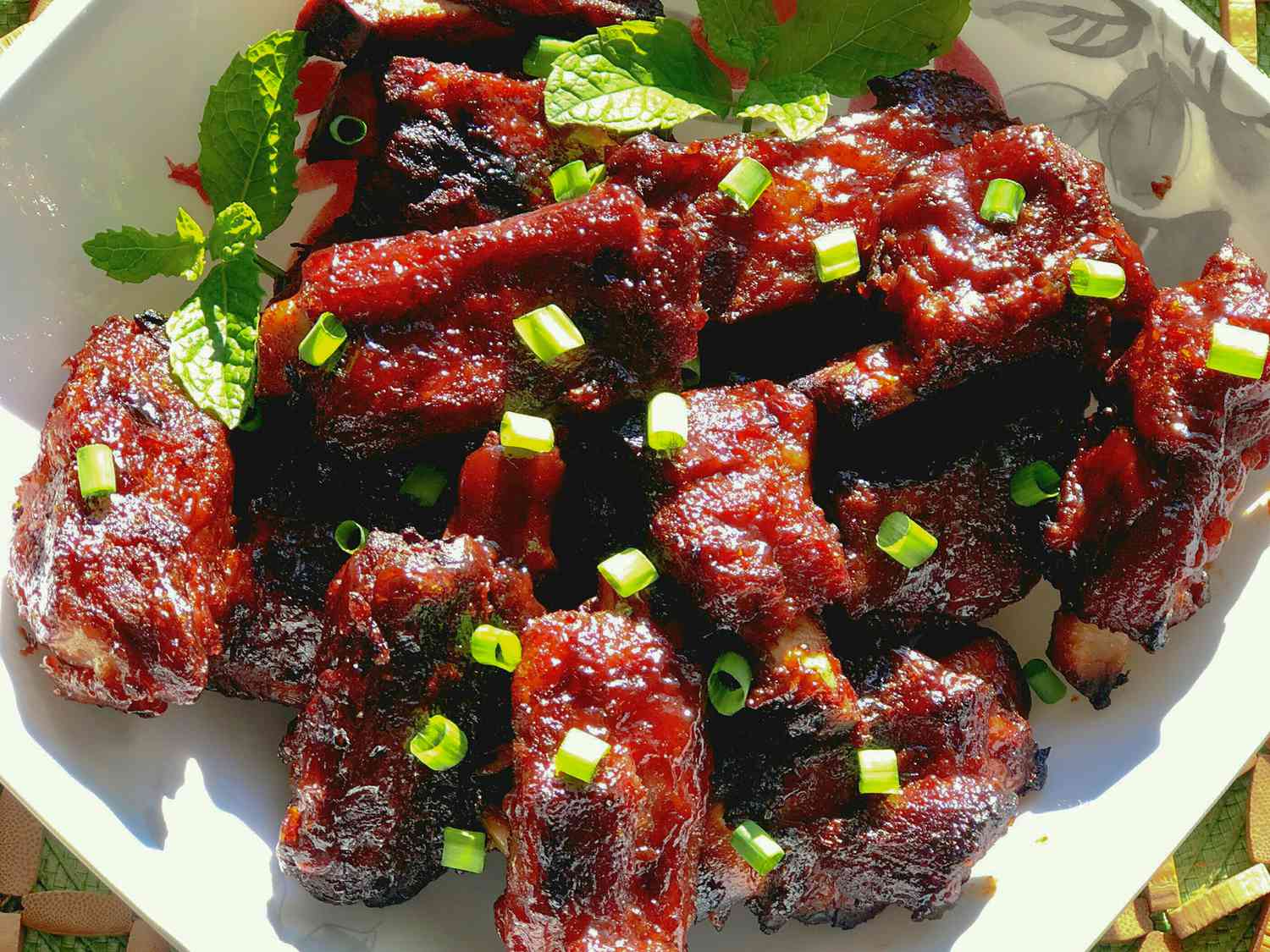How To Cook A Goose: A Delicious Guide to Preparing a Perfect Feast
Are you ready to impress your guests with a mouthwatering culinary masterpiece? Look no further than a succulent goose. Cooking a goose may seem intimidating, but with the right guidance, it can be an incredibly rewarding experience. In this guide, we will take you through the step-by-step process of cooking a goose to perfection, leaving your taste buds craving for more.
1. Selecting the Perfect Goose
The key to a delicious goose dish starts with selecting the right bird. Look for a goose that is plump, with firm and evenly colored skin. Ensure it has a fresh smell and is free from any signs of discoloration or excessive fat.
- Choose a fresh, organic goose when possible for the best flavors.
- Consider the size of your goose based on the number of guests you are serving.
2. Preparing the Goose
Before you begin cooking, it’s essential to prepare your goose properly:
- Clean the goose thoroughly, removing any giblets or excess fat from the cavity.
- Pat the goose dry with paper towels to ensure a crispier skin.
- Prick the skin all over with a fork, being careful not to pierce the meat.
- Rub the goose generously with your favorite seasoning blend, such as a mixture of salt, pepper, and herbs.
3. Cooking Techniques
The cooking technique you choose can greatly influence the taste and texture of your goose. Here are a few popular methods:
a. Roasting
Roasting is a classic method that ensures a golden, crispy skin and tender meat:
- Preheat your oven to 350°F (175°C).
- Place the seasoned goose on a rack in a roasting pan, breast-side up.
- Cook for approximately 20 minutes per pound, or until the internal temperature reaches 165°F (74°C) when tested with a meat thermometer.
- Baste the goose occasionally with its own juices to enhance flavor and moisture.
b. Braising
If you prefer a more moist and tender meat, braising is an excellent option:
- Preheat your oven to 325°F (160°C).
- Place the seasoned goose in a braising pan or a Dutch oven.
- Add flavorful liquids such as broth, red wine, or apple cider to partially submerge the bird.
- Cook the goose covered for several hours until it becomes tender.
- For a crispier skin, uncover the bird and increase the oven temperature for the last 30 minutes of cooking.
4. Serving Suggestions
Your perfectly cooked goose deserves an equally impressive presentation. Consider these serving suggestions:
- Pair your roasted goose with traditional holiday sides like roasted potatoes, Brussels sprouts, and cranberry sauce.
- For a gourmet touch, create a flavorful and tangy gravy using the drippings from the goose.
- Garnish your serving platter with fresh herbs and a touch of orange zest to add brightness and aroma.
Remember to allow your goose to rest for at least 15 minutes before carving to preserve its juiciness.
Conclusion
Mastering the art of cooking a goose may require practice, but the end result is undoubtedly worth it. Follow our guide, experiment with different flavor combinations, and let your creativity shine. With time, you’ll be able to create a memorable and delicious feast that will have everyone eagerly anticipating the next occasion. So go ahead, unleash your inner chef, and cook a goose that will leave a lasting impression on your guests.
Was this page helpful?
Read Next: How To Use Up Sunday Lunch Leftovers
